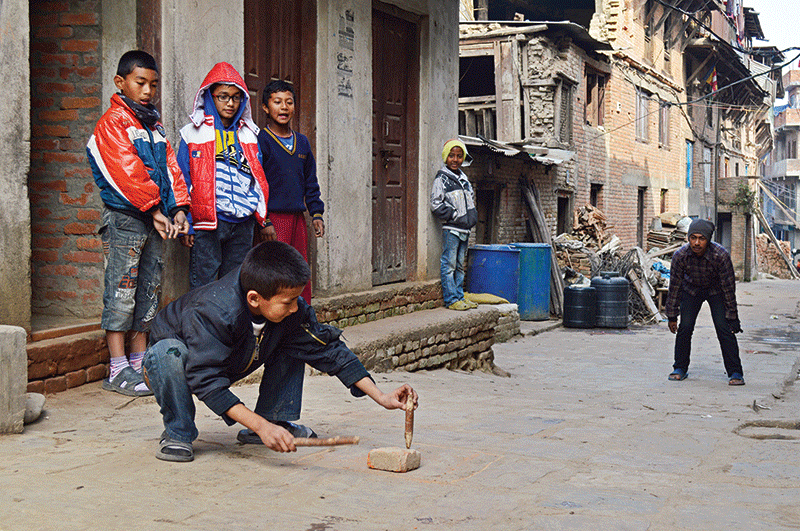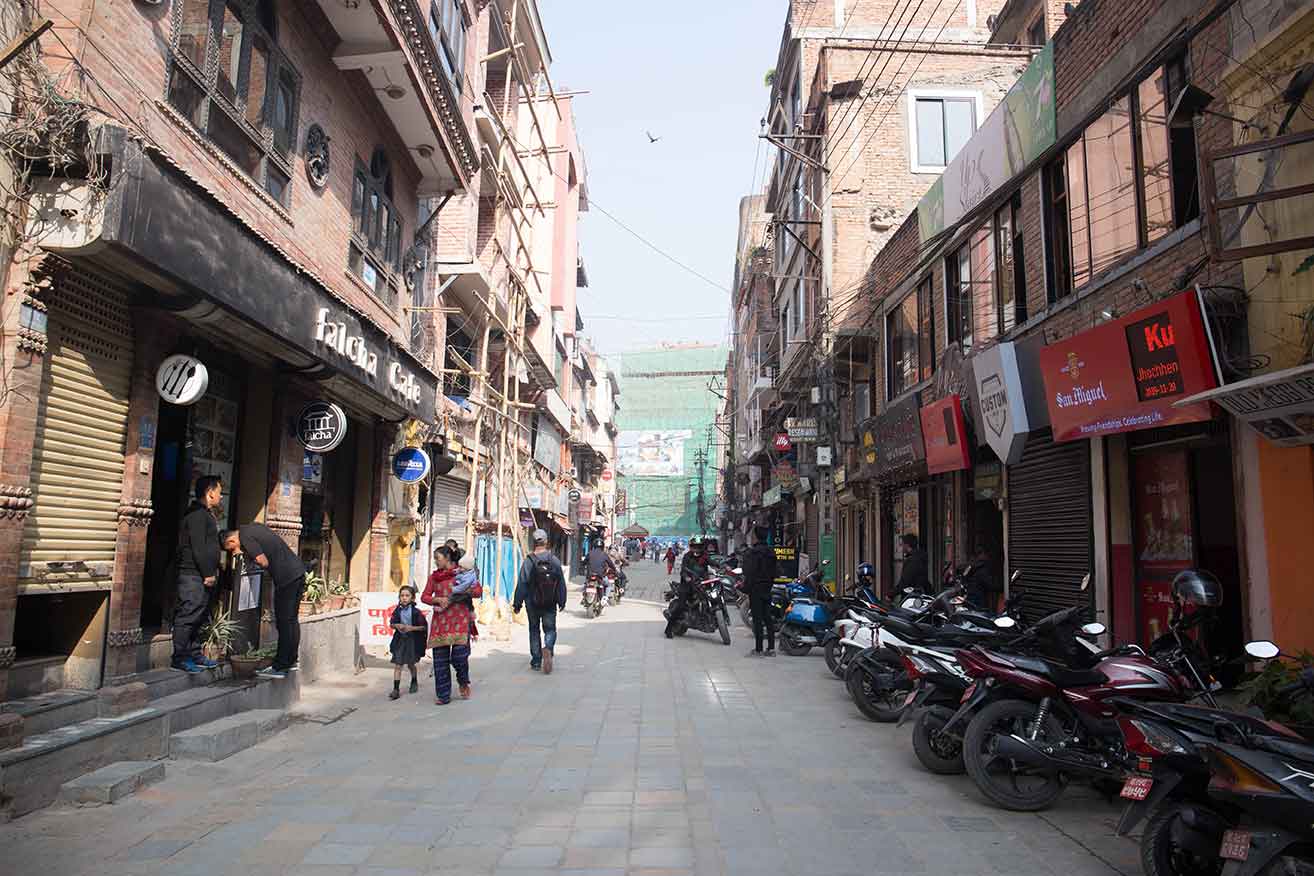
An adventurous doctor takes a trip on the wild side into a daring new experience.
When I first heard the term canyoning, as everyone else, I also got it confused with canoeing. Well, many of you still may not be knowing the difference even today, but I don’t blame anyone since very few of us have been exposed to this sport. As the name suggests, canyoning actually means traveling through the canyons in the form of walking, scrambling, climbing, jumping, abseiling (rappelling), and swimming. Whereas, canoeing is the sport of traversing the water on a canoe.
It was in the year 2005 when a group of French experts introduced canyoning in Nepal. However, among the various techniques, what was practical and stayed in Nepal was abseiling through the waterfalls. As Nepalis, we are very much used to seeing waterfalls whenever we go for long drives in the countryside, and this always amazes me. When I first started collecting information, the idea of actually coming down through the water really intrigued me. As an outdoor enthusiast, my friends in the outdoor business referred me to Mr. Kishore Shahi from Chhango. He was one of the first guys trained by the French team in 2005, and seemed to have extensive knowledge and experience in canyoning.
Many a time, we are looking for some activities around Kathmandu, and there seemed to be few choices around the valley for this activity. The first is in Kakani area, to be precise, 35 kilometers towards Trisuli. These waterfalls have been graded as 2.5 by the French team, and are the toughest among others around the valley. There are three falls here, with the longest one being 90 meters. Second one is at Thanapati, which is 10 km from Guruje Bhanjyang in Shivapuri National Park. The falls here are graded as 1.5, with the longest one being 55 meters. Third one is at Sundarijal, which is graded as 1.1, with a 40-meter-long fall, and is conveniently located just 45 minutes’ drive from Kathmandu.
All of these locations are inside or close to the untouched nature in the Shivapuri Nagarjun National Park. The national park came to existence in 2008, and is just 15 km away from the hustle and bustle of Kathmandu. For this reason, it has become very popular for hiking, cycling, bird watching, and other forms of outdoor activities. The park is a surviving example of a conservation area so close to the madness of Kathmandu, and provides a perfect getaway.
We got our gears ready, which included a wet suit (that would keep you warm in the water), helmet, shoes, climbing hardware, static or semi-static ropes, packs, and rope bags. The list can be endless, since specialized equipment have been designed along with this sport’s increasing popularity. However, there is no need to worry on equipment since Kishore will provide everything. The main expertize lies in the setting up of the ropes at the fall, which consists of a bolt and plate screwed at two spots where the abseiling begins, which is an important step that is going to hold the body weight. From here, there is a combination of carabineer, tape sling, and ropes extending all the way to the harness that is going to hold our body weight.
So, with all this knowledge of places and equipment in mind, we finally chose Sundarijal for our experience. Near the reservoir, Kishore had set up a base camp where he has stored all his equipment. Quite practical thing to do, since all the equipment does not have to be carried every time. This is where you change into your wet suit, fix the harness to the proper position, and put on the canyoning shoes.
We walked for twenty minutes to reach the first waterfall, which looked quite simple, for starters. Kishore gave me a demonstration on how we should put our weight against the rope and walk down, selecting a proper path up to the base. But as I fixed my carabineer on the rope, it dawned on me that it’s not as simple as it looked seeing him going down. Half way down, I started feeling the water hitting me, and selecting a proper path was a challenge. By the time I got myself oriented to the feeling of fresh water and balancing the walk, I realized the first waterfall was over.
Thus, I was now ready for the second canyon, as the first one had given me a basic idea of abseiling. It is surprising how quickly you get oriented to this sport, and you really do not require special skills as such. It’s just being there at the moment and enjoying the rush of water which is continuous on your body. However, there were moments in my third one where I was taking time to figure out my steps.
The last but not the least, the fourth one, was the most thrilling. It’s a 40-meter-long fall that looked challenging even as I saw our man Kishore going down. So there I went with my own experience of three waterfalls behind me. Though I did pretty good in most of the sections, there were some parts I took a little time in figuring out the next step. There was a challenging overhang that was really exciting and thrilling, as you had the feeling of getting stuck.
Overall, as I got over all of them, there was a sense of achievement. As a nature lover, I felt an ultimate sense of satisfaction going through those waterfalls, and the fresh feeling was euphoric. Some say that getting cleansed by natural spring water has health benefits due to all the minerals in it, and Hinduism says that all your sins are cleansed by nature’s water. Whatever it is, it was an experience of a lifetime, and I would like to explore other falls that’s in Shivapuri National Park. The experience you get inside that waterfall, the sound of it, and the feeling of being alone trying to get your way through to the base, is truly rewarding.
As a dentist by profession, I end up spending a lot of time indoors, surrounded by concrete walls throughout the week. Today’s working environment and kind of work we do demands us to be indoors, and we have very little time out in the open, enjoying nature. Thus, it is very important that we make time for any form of outdoor activity, so I would sincerely recommend this activity to all Nepalis. It costs Rs.4000 for a whole day. We have to be thankful to those French instructors who trained guys like Kishore so that we could enjoy this unique sport in our backyards around Kathmandu Valley.











